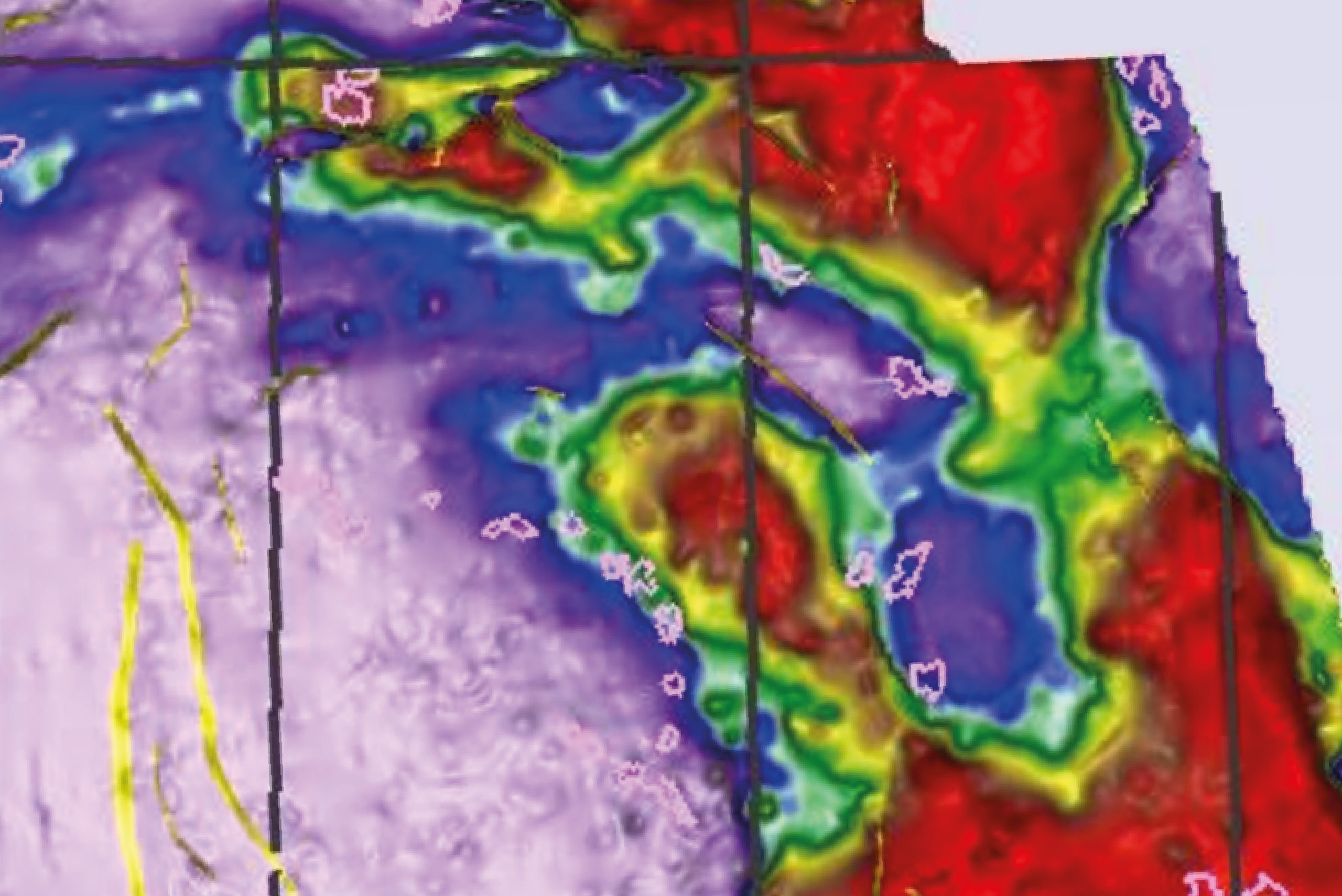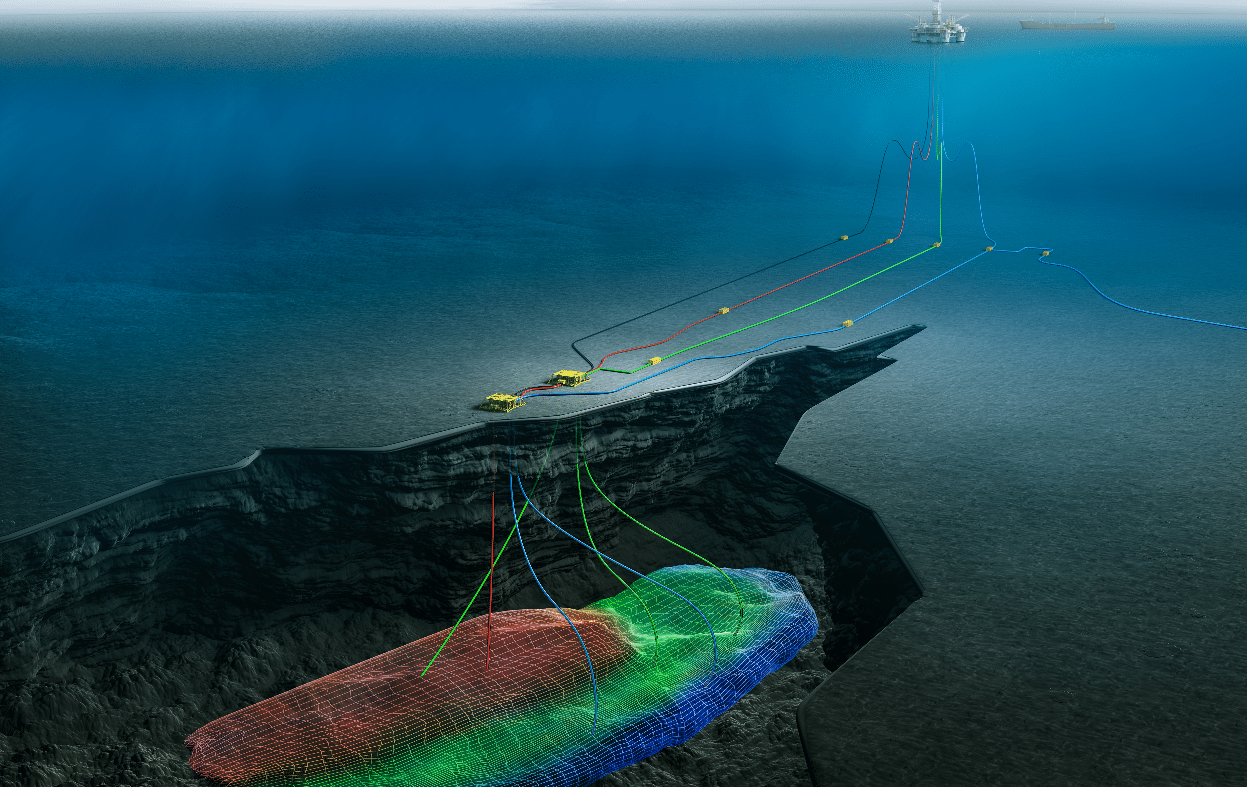Capricorn has spudded the wildcat 35/8-7 S east of the Vega field. Capricorn (Sval Energi) and partner Edison is aiming for the Duncan/Terako prospects.
According to Migris, their prediction shows a high probability for charge both in the Middle and Upper Jurassic levels.

Migris’ modelling shows a Flowrisk class A for the Middle Jurassic at the well position with a chance of discovery at 93 per cent, given the presence of a reservoir and trap. They also see a higher likelihood of oil than gas.
The Duncan prospect is the primary target of the 35/8-7 S, likely aiming for reservoirs in shallow marine sandstones of the Middle Jurassic Brent Group. The Terako prospect is the secondary target, likely heading for the Late Jurassic Heather Formation in the Viking Group.
The reservoir of Vega is shallow marine sandstones belonging to the Brent Group. In the recently approved Nova field to the east, the reservoir is in the Heather Formation.
Several discoveries are found in the neighbourhood, most notably the 35/12-2 (Grosbeak) to the SE. This discovery was proven in 2009 in Jurassic reservoir rocks, with gas in the Upper Jurassic (the Sognefjord formation) and oil in the Upper and Middle Jurassic (the Fensfjord formation and the Ness formation), according to the appraisal well press release from the Norwegian Petroleum Directorate.
Migris use a stochastic petroleum systems modelling approach, and this is their second prediction from the Norwegian part of the North Sea.
TERJE SOLBAKK




